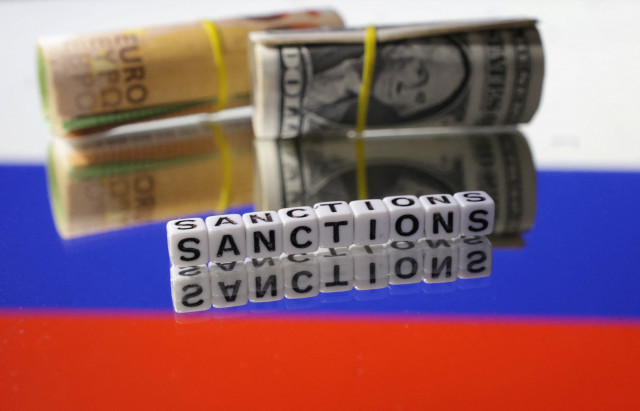Billions in Dollar and Euro banknotes enter Russia despite sanctions
Russia has managed to import billions in foreign banknotes, circumventing US and EU export bans since March 2022.

Around $2.3 billion in dollar and euro bills have been shipped to Russia since the United States and EU banned the export of their banknotes there in March 2022 following the invasion of Ukraine, according to customs data seen by Reuters.
The previously unreported figures show Russia has managed to circumvent sanctions blocking cash imports, and suggest that dollars and euros remain useful tools for trade and travel even as Moscow strives to reduce its exposure to hard currencies.
The customs data, obtained from a commercial supplier that records and compiles the information, shows cash was transported to Russia from countries including the UAE and Turkey, which have not imposed restrictions on trade with Russia. The country of origin for more than half the total was not stated in the records.
The U.S. government in December threatened penalties for financial institutions that help Russia circumvent sanctions and has imposed sanctions on companies from third countries throughout 2023 and 2024.
China's yuan has overtaken the greenback to become the most traded foreign currency in Moscow, although significant payment problems persist.
Dmitry Polevoy, head of investment at Astra Asset Management in Russia, said many Russians still wanted foreign currency in cash for trips abroad, as well as small imports and domestic savings.
"For individuals, the dollar is still a reliable currency," he told Reuters.
Russia's central bank and the United States' sanctions authority, the Office of Foreign Assets Control (OFAC), did not respond to requests for comment.
Russia started labelling the dollar and euro as "toxic" in 2022 as sweeping sanctions cut its access to the global financial system, hampering payments and trade. Around $300 billion of the Bank of Russia's foreign reserves in Europe have been frozen.
A European Commission spokesperson said it could not comment on individual cases of sanctions application. The spokesperson said the European Union engages with third countries when it suspects that sanctions are being circumvented.
The customs records cover March 2022 to December 2023 and Reuters could not access more recent data.
The documents showed a surge in cash imports just prior to the invasion. Between November 2021 and February 2022, $18.9 billion in dollar and euro banknotes entered Russia, compared with just $17 million in the previous four months.
Daniel Pickard, International Trade & National Security Practice Group Leader at U.S. law firm Buchanan Ingersoll & Rooney, said the pre-invasion spike in shipments suggested some Russians wanted to insulate themselves against possible sanctions.
"While the U.S. and its allies have learned the importance of collective action in maximizing economic consequences, Russia has been learning how to avoid and mitigate those same consequences," Pickard said. He added that the data almost certainly understated actual currency flows.



















COMMENTS
Comments are moderated and generally will be posted if they are on-topic and not abusive.
For more information, please see our Comments FAQ